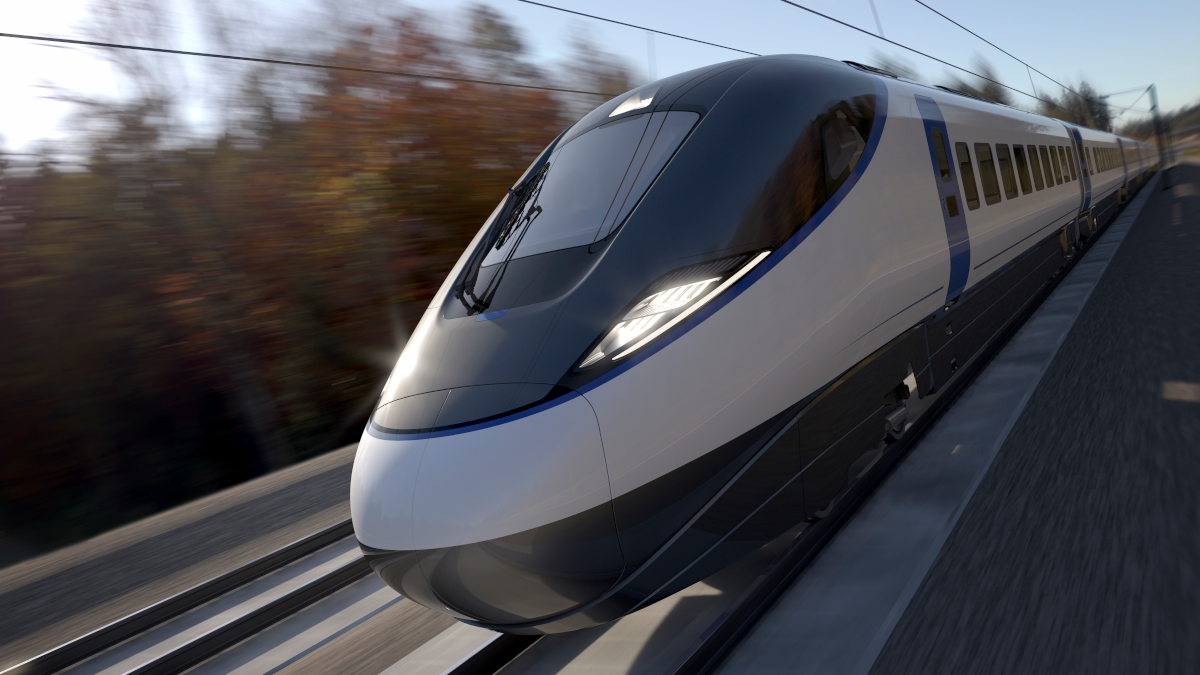The High Speed Rail Group (HSRG) has released its latest report, ‘Driving Investment in Rail Infrastructure’. This report outlines the critical steps needed to develop a comprehensive long-term rail infrastructure strategy that actively engages the investment community and explores a broad range of funding options, including those that harness private investment.
As the acute need for investment into rail has grown, recent decisions to roll back on major rail infrastructure projects, coupled with shrinking public finances, have posed significant challenges to funding infrastructure development.
The report stresses that engaging with the private sector will not only provide the vital finance required for infrastructure development to go ahead, but it will also create the right environment for the industry to deliver infrastructure on time and within budget, with potential for future cost reductions.
Drawing on international and cross industry case studies, this report demonstrates a strong appetite among industry and investors alike for private investment and future collaboration on large scale infrastructure projects. However, the Government must create an investment-friendly ecosystem that provides the stability investors and industry seek and need. This means committing to a strong pipeline, ensuring close collaboration between all stakeholders and providing transparent, structured policy frameworks that focus on long term decision making.
The High Speed Rail Group therefore calls on the government to act on the following:
- Develop and stick to a comprehensive long-term strategy for both North-South and East-West travel, prioritising the link from Birmingham to the North West, and the route across the north of England from Liverpool to Hull. Providing clarity, transparency, and consistency in decision-making is key.
- Engage with the infrastructure investment community to explore all funding options. It does not have to be an ‘all-or-nothing’ approach, with some assets, such as rolling stock and stations, lending themselves more easily to private finance than others.
- Adopt a whole systems approach to rail infrastructure, looking at planning, funding, and delivery from a whole country perspective.
Dyan Perry, Chair of High Speed Rail Group, comments: “Labour has a mission to secure the highest sustained growth in the G7, which they recognise will need private investor support to achieve. Developing and committing to significant rail infrastructure projects, underpinned by private capital, is a crucial step to realising this goal.
“To date, short-term policy changes and inconsistent project implementation have undermined investor confidence, leading to a fragmented infrastructure landscape that is timely and costly. It is promising to hear that HS2 will likely reach Euston. However, we need definitive answers and a long-term rail strategy that extends north of Birmingham to Crewe and beyond. This strategy must also look beyond the short-term costs to HM Treasury, focusing on the lasting and cumulative benefits rail investment can deliver to the UK.
“If correctly capitalised upon, rail investment will not only drive growth across local economies, foster skills development, and enhance regional connectivity, it will also ensure the UK delivers on the Chancellor’s “national mission” to boost growth.
“We urge Government to seriously consider and take forward this report’s recommendations, implementing them for future inter-city rail projects.”
Aarti Gupta, rail BD & investments lead at Costain, added: “Rail infrastructure has long struggled to attract significant private investment. The highly competitive nature of public financing, coupled with the complex and capital-intensive nature of rail projects, has made securing private sector participation a challenge.
“However, with public finances increasingly strained, the tide is turning towards revisiting public-private collaborations underpinned by refreshed models such as the Regulated Asset Base Model for investment. This offers significant potential to reshape how infrastructure projects, including high speed rail, are financed in the future.
“To succeed, the government must act on this dialogue and create the conditions necessary to attract this private capital into the rail sector. By fostering a culture of collaboration, aligning incentives, and ensuring a stable pipeline of investible projects, the UK can secure the private investment needed to deliver the infrastructure of the future.”
Richard Catterson, head of strategic marketing at Hitachi Rail, commented: “The challenges faced by the rail industry to attract private investment for major infrastructure projects stands in stark contrast to the success of the renewables sector in the UK, which has demonstrated the role that private investment has and continues to play in delivering the critical infrastructure projects that are decarbonising the power sector.
“This success was built on the creation of a stable, long-term and attractive investment environment underpinned by backing from the Government. While rail has a different set of challenges in making it attractive to private finance it is essential that the rail sector takes the lessons learned from previous initiatives in the sector that have not worked while looking to learn from other sectors such as renewables to help shape a new long term strategy that works for the investment community.
“Only by being honest about the challenges and opportunities ahead, can we forge a collaborative path forward. This approach will help us reduce our reliance on public expenditure, secure the necessary funding, and improve outcomes for passengers, ensuring a sustainable future for our rail network.”
The full report can be viewed here.
Image credit: HS2


